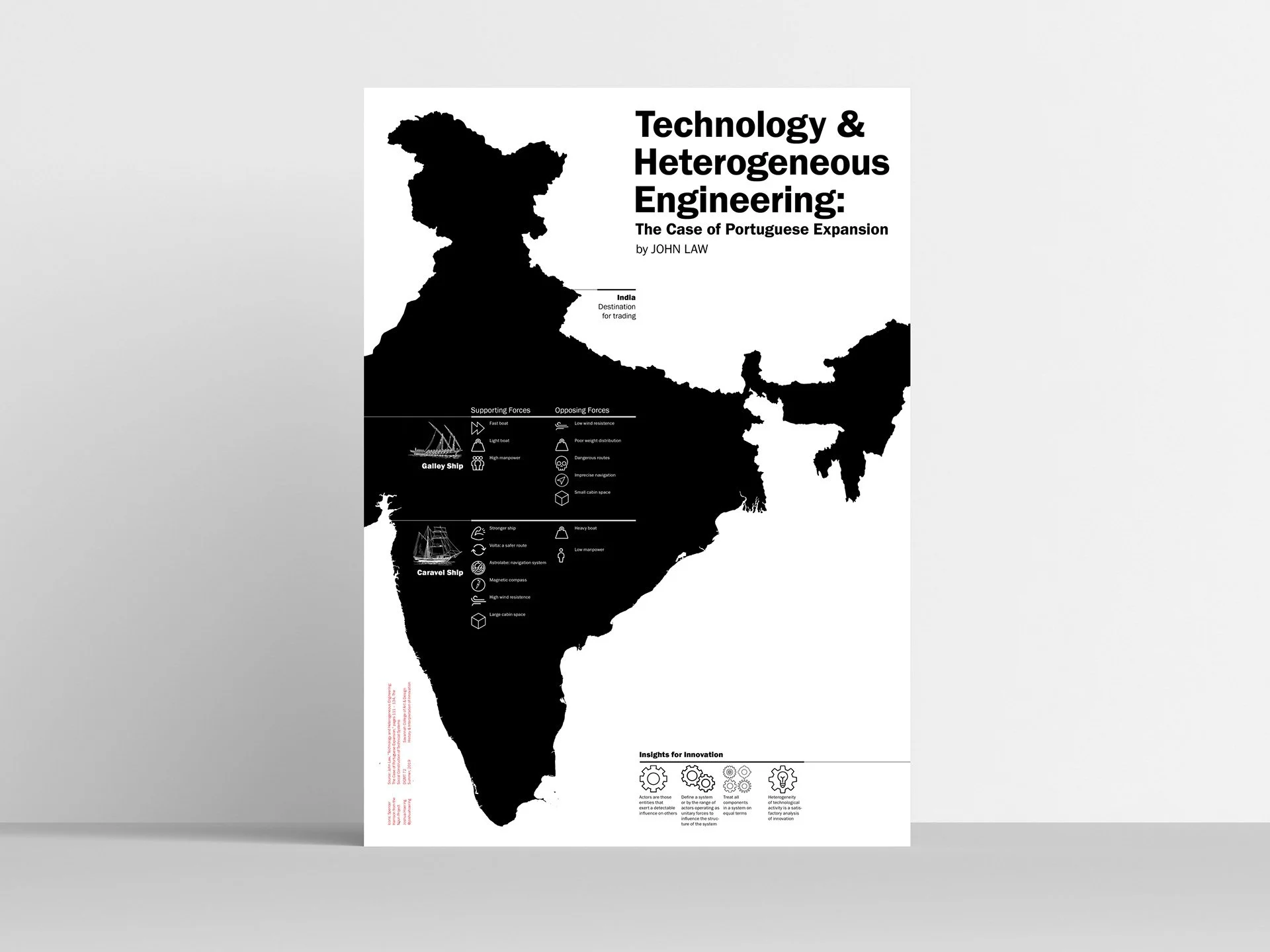Innovation Posters
About this Infographic
In 1960, Lauriston Sharp, Ph.D. wrote "Steel Axes for Stone-Age Australians", a scholarly article that explores how human factors such as society and culture contribute to innovation over time. Sharp utilizes a case study of Australia's evolution from the stone to steel age and how societal structures evolved as a cause and effect.
Through the infographic, I present the comparisons of the stone and steel eras with cultural factors that contributed to the evolution such as social hierarchy, religious & beliefs, and cultural purposes of the technology of the eras. As an infographic, it synthesizes a timeline, geographical locations, and insights about innovation that contribute to our new understanding of how humans evolve technology.
Insights for Innovation
Innovation can cause creative destruction.
Innovation can provide agency for people.
Innovations can decrease reliance on nature.
Contextual research creates cultural awareness.
About this Infographic
In 1987, John Law wrote "Technology & Heterogeneous Engineering: The Case of Portuguese Expansion" which presented how networks of passive agents (both human and non-human) contribute to how people understand constraints to innovate specific systems and technology to meet a goal.
The argument focuses on the Portuguese Expansion from the 15th & 16th century as a case study. Supporting and opposing forces such as wind, weight of ships, and number of sailors are explained as parameters for how and why specific systems and technologies enabled long-distance trade, resulting in a flourishing economy.
Overall, the infographic visualizes a comparison of technologies along with geographical references and insights from Law's research that contribute to our new understanding of innovation.
Insights for Innovation
Actors are those entities that exert a detectable influence on others.
Define system by the range of actors operating as unitary forces to influence the structure of the system.
Treat all components in a system on equal terms.
Measuring heterogeneity of technological activity is a satisfactory analysis of innovation.

